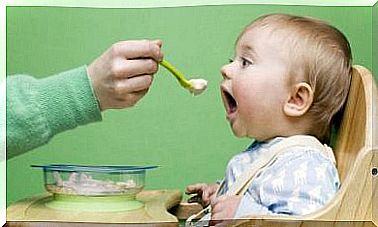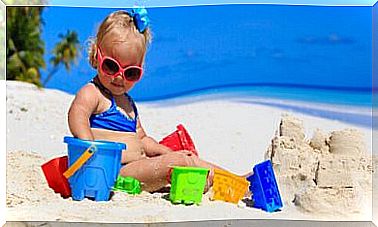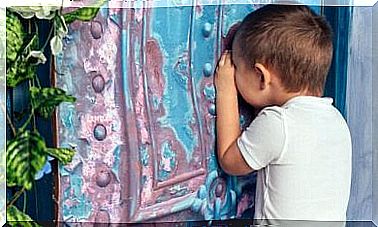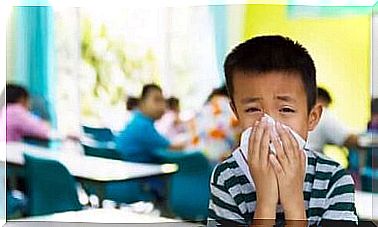How Can A Teacher Encourage Children To Read?

A teacher can have a hard time teaching his class students to read, and another challenge is to get children to read voluntarily in their spare time as well. Although the love of reading often ignites at home, there are many ways in which a teacher can help encourage children to read.
An avid reader is usually grown in such a way that the love for books and reading is aroused as early as childhood as soon as the child learns to read. If a person doesn’t want to read when they’re young and young, they probably won’t read as a parent either.
The home and the family play a big role in a child’s life, and they also play a huge role in a child’s reading habits. Often the best way to get a child to read is for them to see their parents grab the book. The fact that parents read a lot at home makes the child see reading as an attractive thing to do because it’s fun.
However, as stated above, encouraging a child to read does not have to be the sole responsibility of parents, but teachers can also encourage children to read. Below we share a few practical tips.
How can a teacher encourage children to read?
Teachers also read
It is good for children to know that all teachers – not just mother tongue or language teachers – read books. The teacher can encourage students to read by bringing their own favorite books to the lesson and reading a few minutes of excerpts from them at the beginning of the lesson before starting the actual teaching. At best, this arouses students ’interest in that book and also in other works.

Reading wall
When it comes to arousing interest in reading, the right kind of environment is key, and it is the teacher’s job to strive to create an environment where reading is always present. One good way to encourage children to read is to build a so-called reading wall in the classroom.
Students and the teacher must always leave a sentence, a picture or other thing about the book on this wall when starting a new book. This is a great way to not only motivate children and young people to read, but also to share book recommendations.
Reading challenges
Reading challenges are an excellent incentive for students to read. The teacher can award symbolic prizes – such as medals, diplomas or books – to those who have done well in the challenge at the end of the school year.
Reading outside the classroom
In this challenge, students are encouraged to take pictures of themselves during the school year, reading in different places. Any place is valid – a cafe, a park, a train or a cottage pier – and only the imagination is the limit.
100 words
Each student writes a short 100-word essay on a topic of interest to them. If the student does not come up with the topic himself, the teacher can give it. The teacher collects the completed essays and distributes them at random among the class. Thus, each student reads the subject of their classmate and writes down their own comments from what they have read.
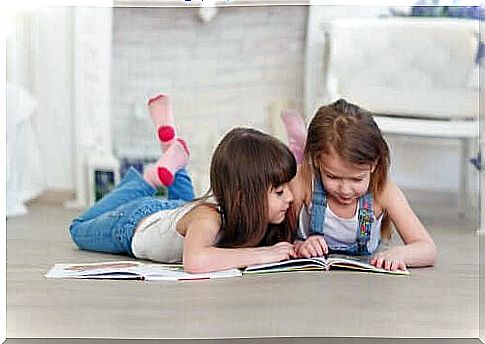
It is good for the teacher to tell the class that reading a classmate’s writing is a good way to support a comrade, which is a valuable thing. Gradually, students get used to reading. Because the texts they read are short, they are not considered difficult by children, and because they originate from a classmate’s pen, they are forcibly arousing interest.
16 books before the 16th birthday
This challenge is for pre-teens and teenagers and aims to get young people to read 16 books before their sixteenth birthday. The teacher can list works suitable for that age group, from which young people can choose the books that interest them most.
The fact that this is a challenge motivates young people to read the books. Every two or three weeks, you can review what books each of the participants in the challenge has read.
Examples of books suitable for teens include:
- Like killing a nightingale (Harper Lee)
- Catcher in a rye field (JD Salinger)
- Hunger Game (Suzanne Collins)
- Miracle (RJ Palacio)
- 13 reasons (Jay Asher)
These simple activities help students develop a natural love of reading. Eventually, children and young people read of their own free will, which has positive effects on their development throughout their lives.

